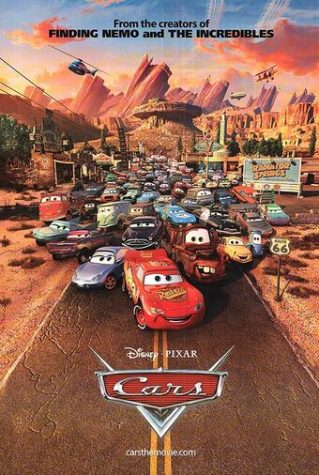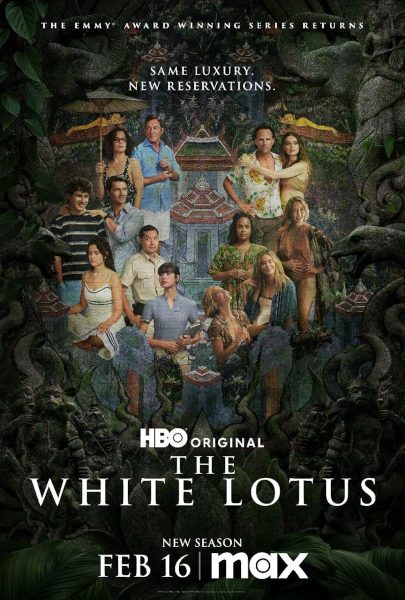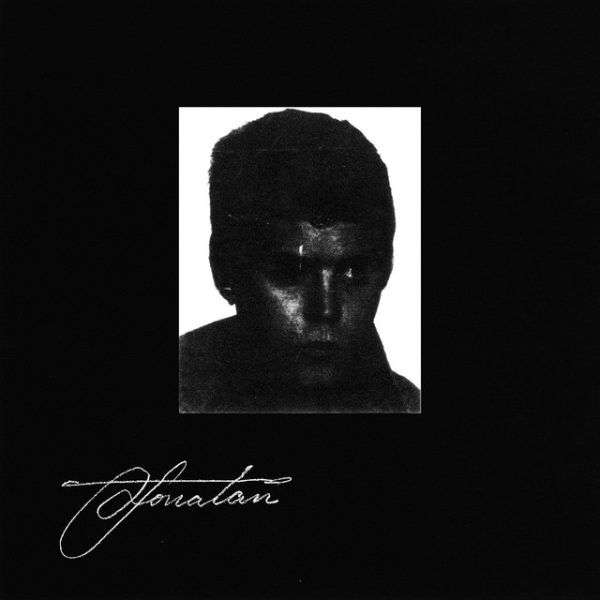How Lighting can Change Storytelling Perspective in Film
As an art form, film began without sound, color, or any mention of whether Ross and Rachel were on a break. It never relied on these elements in order to tell a good story. When applied correctly, most smaller aspects in film can be used to develop grand and expansive ideas. One of those smaller aspects is the way a scene is lit, and the power that lighting has over the overall story. For us to understand how impactful lighting can be in developing different ideas within a film, we’ll look at three films, and how they all use lighting differently; Cars, Godzilla: King of the Monsters, and Indiana Jones and the Kingdom of the Crystal Skull.

When our main character Lightning McQueen mistakenly ‘arrives’ at (a.k.a. nearly destroying) the town of Radiator Springs, it is clearly past its prime. This is made clear when we first see the town’s residents entertaining themselves by staring at a broken, blinking traffic light. Throughout McQueen’s stay, he slowly learns about the history of the town, and how it used to be the main stop for travelers in the area before the Interstate was built.
By the end of his stay, he gains a close connection to the town, and for the first time ever, we see the main street lit up, at night time, entirely from the townspeople’s businesses. Just as this happens, an armada of journalists surrounds McQueen as he is escorted away toward the race he’d miss the next day. As he leaves, a helicopter with a spotlight guides the path for him, and when we look back at Radiator Springs, we see all the lights are off, and the only one that remains is the broken traffic light, blinking. This tells us that McQueen brought back hope to the small town, and when he left, so did the soul, or ‘light,’ of the town.
There are several ways a filmmaker can tell an audience who’s on what side in a film. Most directors use anything from flags to sports teams, but the creative minds behind King of the Monsters took a different approach. Throughout the film, we see that the good monsters, Godzilla and Mothra, are always surrounded by cool colors (blues, violets, etc…), while the bad monsters, King Ghidorah and Rodan, are surrounded by warm colors (orange, yellows, etc…).

Sounds simple enough, though, in the final minutes of the film, this makes us look differently at the ending. At first glance, it seems like Godzilla defeats Ghidorah, with the sun rising behind him in what appears to be a cool final shot. When we apply the lighting technique previously mentioned, what we find is that the sun rising behind Godzilla could mean that now he’s the enemy, which goes along with the final lines spoken in the film, “Glad he’s on our side,” to which another character responds, “For now.” This “color theory” can also be supported by the first trailer for this film’s sequel Godzilla v.s. Kong, where we’re told Godzilla is now being treated as a threat.
There are multiple examples of great lighting in Crystal Skull, but we’ll be looking around halfway through the film, during the scene in the Russian camp when Jones is talking to Oxley about the directions to Akator. Jones and Oxley are submerged in darkness in the front of the shot (that being the closest to the camera) because they understand each other after both have felt the effects of looking into the skull’s eyes. Spalko is in the middle of the shot, and is partially in lighting and in darkness because she’s trying to understand them, while everyone else is in full lighting in the back of the shot because they have no idea what’s going on. It’s such a small, and subtle way to tell the audience where each character’s mind is, in the context of the scene.
From giant lizards to characters afraid of snakes, these are just a few examples of the power the lightbulb has on a story and its characters. When filmmakers pay attention to the smaller details, it can have a huge impact on the story being told. So next time you see a sunrise, double-check to make sure Godzilla isn’t standing there, that just wouldn’t go well for any of us.

"This is where the fun begins." If you're a big fan of film, TV, or the world of entertainment as a whole, you've come to the right place. This will be...




